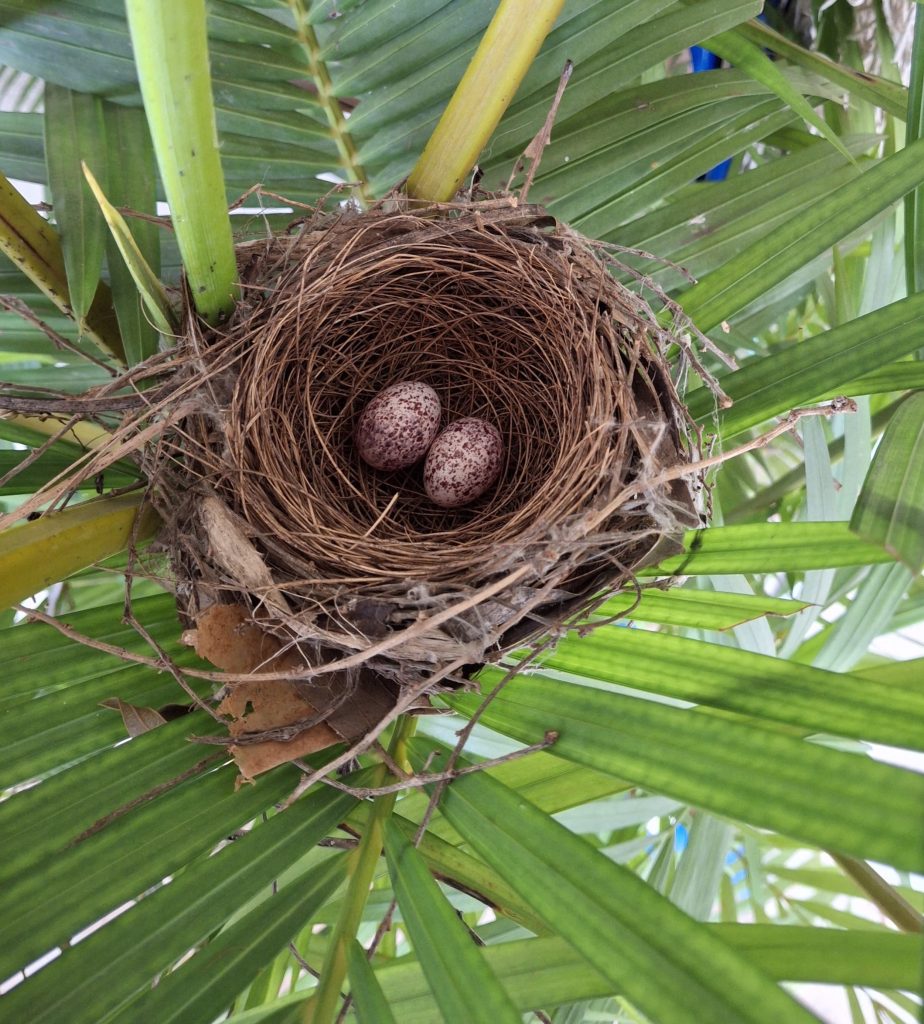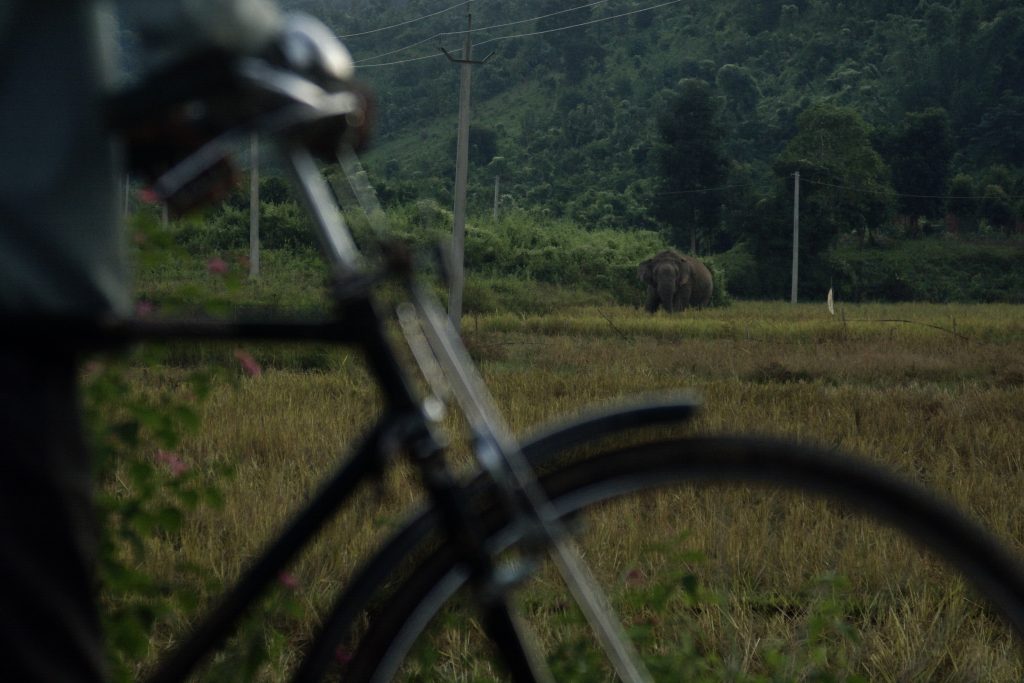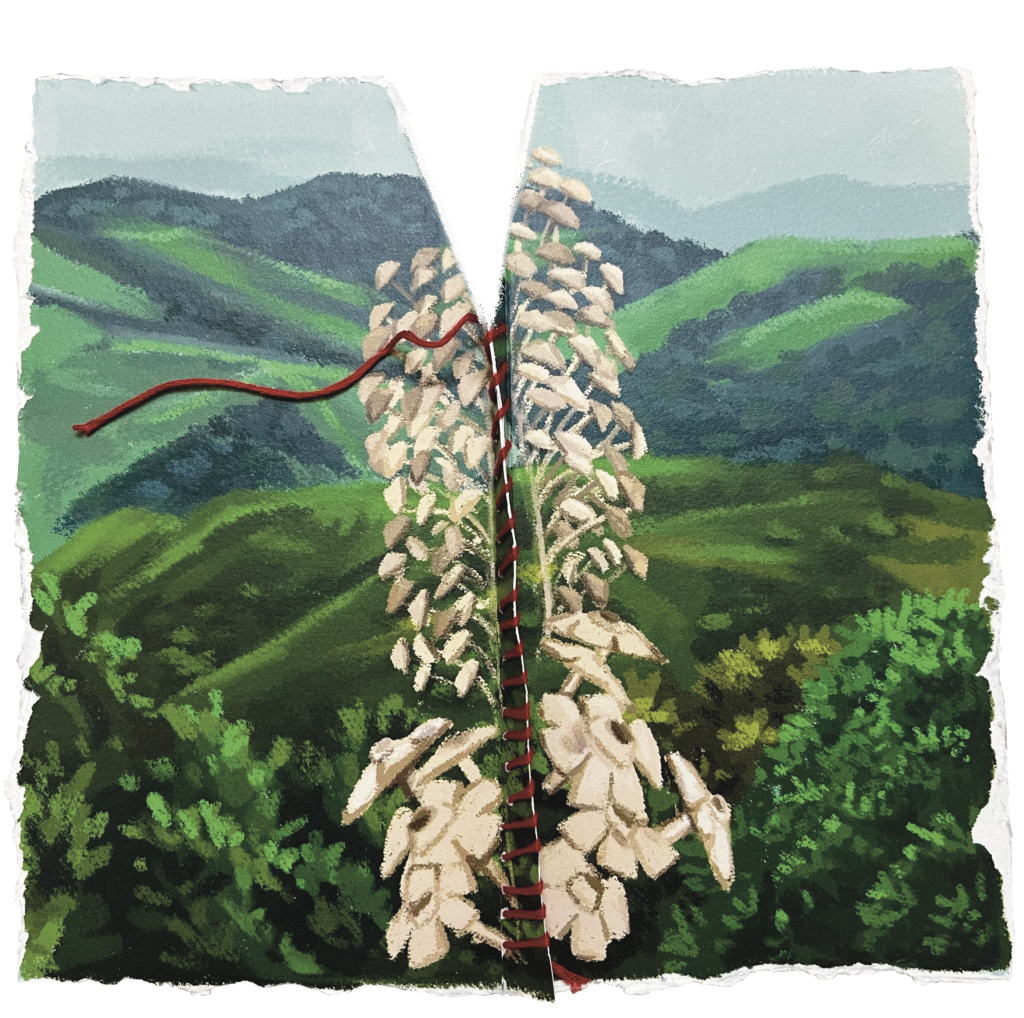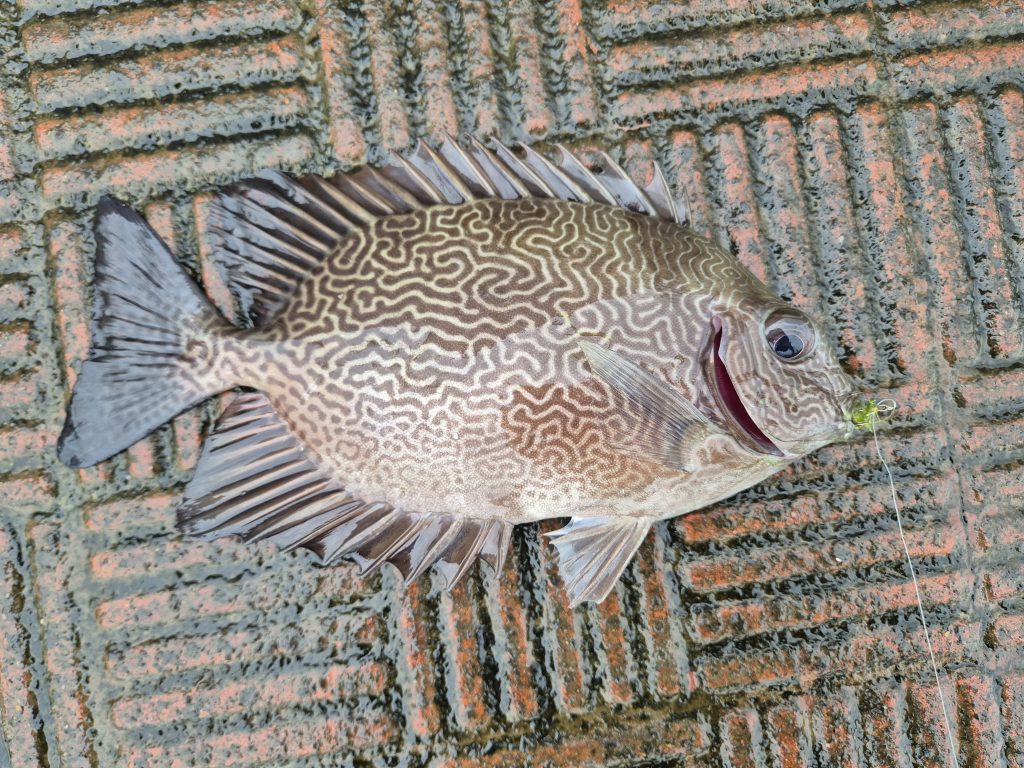Snakes are everywhere. They live in forests, grasslands, deserts, mountains, oceans, lakes, and rivers. They also live in backyards, dumpsters, drains, apartment complexes, neighborhood parks, and school campuses. Is their presence cause for alarm or celebration? My experience with these shy, misunderstood creatures makes me believe the latter.
After spending thirty years living in Delhi, I shifted to a conservation and research station on a small coconut plantation in rural Karnataka. Let’s just say the move was not entirely smooth. The first hurdle in my new life came in the form of spring onion stalks. I could not tell them apart from grass and may have stomped on one or two. Or a thousand. The next issue to become apparent was that I was not in the habit of watching which tree I was standing under. It took over a year and a near miss with a hefty coconut to shake me out of that inattention. Finally, my life in the city had not taught me to check for snakes before putting my hands and feet where I could not see them. While I had underestimated the trees, I thankfully possessed a very healthy respect for snakes. Learning to live with them became top priority. But not before asking ‘why?’
Why live with snakes at all?
It seems perfectly logical that when we find snakes in our homes, we should send them back to theirs. And ‘their homes’ are, of course, forests far, far away. Right? This means dialing the nearest rescuer to have our scaly intruders relocated would be better for all involved. Except that it isn’t.
Scientists around the world have studied the relocation of snakes by inserting radio trackers and following them around to observe their behaviour. What they discovered was quite shocking. Most snakes die when they are relocated. They stop feeding and move long distances, possibly looking for familiar surroundings. Eventually, they starve to death, which could be a matter of weeks or even months. Not only is this cruel, it is also senseless. When a snake is removed from an area, the prey base (rodents, frogs etc.) increases. This creates improved conditions for one or more snakes to move in. In fact, removing a non-venomous snake is particularly ill-advised because its replacement may turn out to be venomous!
The bottom line is, there is no known way to clear a space of snakes long- term. And this is not a bad thing.
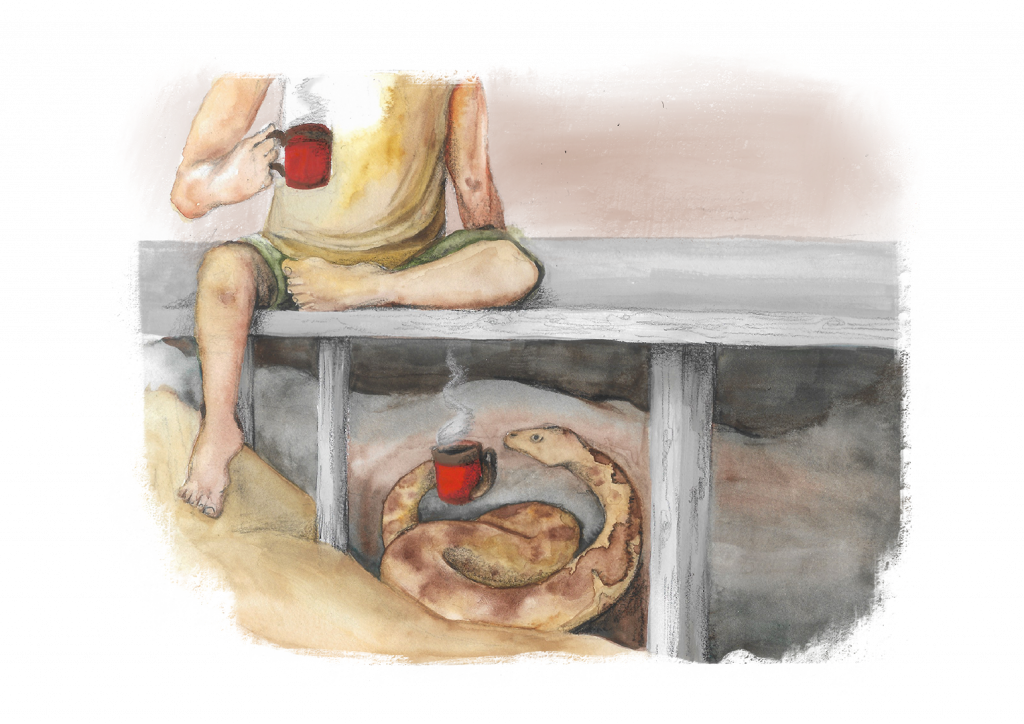
Scaly Encounters
After five years of sharing a space with 18 different snake species I can now vouch for the fact that they make excellent neighbours. A common sand boa (Eryx conicus), lived in a burrow under our front porch for nearly a year. We named him Eryx Clapton and would look forward to seeing him every evening—usually just peeking his head out, occasionally emerging fully for a stroll. Checkered keelbacks (commonly known as the Asiatic water snake), wolf snakes, and trinket snakes are also spotted almost every night around the farm. The onset of the monsoon brings out hundreds of baby checkered keelbacks in our ponds. For us this means hours of entertainment. Imagine tiny, slender hatchlings with disproportionately large heads chasing and clumsily trying to catch fish. It’s hard to look away!
One of the most memorable mornings at home for me was when we saw a pair of spotted owlets repeatedly dive bombing a large spectacled cobra. It managed to get away and climb up a hedge only to find itself directly under a branch where two parakeets were having a tête-à-tête. The curious parakeets leaned over to inspect the cobra until the branch they were perched on suddenly snapped! This resulted in squawks that stretched parakeet vocabulary before they settled down on a higher branch and continued their banter. We were able to stand just a few feet away and watch the entire drama unfold.
Snakes do, of course, play a vital role in maintaining an ecological balance, but they also enrich our lives and homes. This sentiment is easy to relate to when it’s attached to birds and other animals. Once you move past the fear and know how to be safe, snakes are really no different.
So, how do we safely coexist?
The presence of a potentially dangerous animal does not mean there will be conflict. It was hard for me to believe that the key to living with snakes was the simplest of secrets—to spot them before getting too close.
Crevices, holes, piles of construction material and leaf litter are perfect habitats for snakes. At our farm we’ve created them especially to allow their populations to thrive. But, we make sure that walking paths are clear. In spaces where children play, the grass is always cut short, leaf litter is swept away, and there are no dense hedges that start from the ground. It is second nature now to prod tall grass with a stick before stepping into it. We never put our hands or feet where we can’t see them. Noone walks in the dark; using torches is non-negotiable, even on the brightest of nights and on the most familiar of paths. This allows us to see a snake before we invade its personal space. When we do come across a snake, we simply stop and watch from a distance. There is not a single snake that will chase a human being. In fact, in interactions with us, they are never aggressive, only defensive. So the only times we move a snake is if the situation poses a risk. For instance, if it has somehow made its way inside the house, then it needs to be placed outside, to go and find shelter elsewhere.
While we have opted against it, it’s also very possible to reduce the number of snakes around houses. Try walking around your compound looking for places they can hide. The number of openings, cracks, crevices, and piles you find might surprise you. And of course, wherever there are humans, there is garbage. Wherever there is garbage, there are rodents. Wherever there are rodents, there are…. you guessed it! It seems we have inadvertently created luxury hotels with scrumptious buffets for snakes all around us.
The solutions are small and simple. Make sure all waste is collected in closed bins. Cover drains, plug holes and fill in cracks and crevices. Move leaf litter and other piles away from walking paths and play spaces. All of this will cut down the number of snakes you come across.
Having said that, for every snake we see, there are many more in the area we may never get the chance to meet. They stay out of our way and even provide an invaluable service as highly skilled ratraps. All we need to do is be aware of their presence and make small adjustments to safely coexist. With more than seven billion people now on the planet, learning to coexist may be the most important wildlife conservation practice of our time.


